The average click-through rate for emails is less than 3%.
Why is it so low? These emails often lack personalization and segmentation.
Not to mention, there’s typically a lack of customer research before sending the email blast.
Sending the same, generic content to your massive email list doesn’t work today.
You only get a few percent clicking through to your shared content.
The rest? They don’t care and they likely never will.
In other words, there’s no personalization. The content doesn’t resonate. It doesn’t solve their problem.
Personalized emails can actually deliver 6x more transactions.
Still not convinced you should personalize your content? Well, 75% of website visitors get frustrated when they see irrelevant content.
And you can’t afford to annoy your massive email list that took you months or years to grow.
Losing customers isn’t an option!
That’s where account-based marketing comes in.
Account-based marketing helps you segment audiences so you can better refine your approach.
Instead of sending email blasts and then segmenting those users based on their actions, you segment before sending the emails.
You narrow down your lists and personalize the experience from start to finish.
Here’s an inside look on how to use account-based marketing to land those high-ticket clients.
What is Account-Based Marketing (ABM)?
Account-based marketing has become another buzzword. It sounds like a gimmick or a trick.
In reality, it’s anything but.
This official definition from Wikipedia that shows up in a Google search probably doesn’t help the matter:
Okay, that’s a mouthful.
Let me break it down for you. The key part of that sentence that we want to focus on is this:
…in which an organization considers and communicates with individual prospects or customer accounts as markets of one.
Emphasis mine.
Essentially, you need to treat every single customer, account, or prospect as a personalized account.
That means that you tailor content perfectly to them and only them. You don’t send out to a ‘segmented’ list of 10,000.
ABM is basically a strategic form of personalized marketing. You identify prospects ahead of time, just as your sales team might, and then tailor all messages to their needs.
Here’s a basic comparison of typical lead-generation strategies versus account-based marketing:
Account-based marketing focuses on a single account or prospect. The “spear” reference refers to how you’re going after one prospect with one unified tool.
Lead generation does the opposite.
It might start with a database of leads. However, it tosses out content like a fishing net and hopes to land a few.
High-level sales companies have ordinarily used ABM. But the B2B presence is growing fast.
On top of that, marketing budgets are steadily increasing:
The growing need to focus on personalization and different marketing tactics is paving the way for account-based marketing.
Not to mention that the results ABM is pulling in are pretty impressive.
The benefits of account-based marketing
ABM goes far beyond narrowing your target audience or segmenting prospects into their own marketing channels.
It allows you to truly personalize your messaging, offers, and content for each account to better resonate with their needs.
For example, check out this personalized message from Unbounce:
Now, this email makes sense. It’s the context surrounding the message that makes it useful.
75% of customers want more personalized offers and messaging.
It’s no secret that personalized offers work better than a cold pitch.
More fine-tuned targeting will produce more engagement every single time.
If you can help a customer or prospect solve their problem with a piece of specially-crafted content, they’ll be much more likely to return.
Amazon knows this.
That’s why they constantly recommend products that might solve your problems based on your browsing history.
And since account-based marketing is extremely personal, you’re much more likely to have a happy first experience with this brand.
“Happy experiences” are great and all. But let’s not get too mushy with this.
At the end of the day, you need to see more sales as a result of this approach.
Thankfully, ABM doesn’t drop the ball. ABM is all about targeting.
It allows marketers to focus their efforts directly on marketing offers that are specially-designed for their target customers.
And this laser-focused marketing delivers big rewards.
Companies that use account-based marketing actually generate 208% more revenue for their marketing efforts.
It’s no wonder that companies using ABM are finding better returns on their marketing investment, as well.
Generic email campaigns or even segmented email campaigns can’t compete. The personalization of account-based marketing blows them away.
Taking personalization to a one-on-one level drives sales and increases ROI.
However, it’s not as simple as signing up for a new tool you let do the heavy-lifting.
There aren’t that many ABM SaaS apps out there just yet.
Terminus is one option, just off the top of my head. But otherwise, you’re usually piecing together other tools.
Instead, the key is in the approach and the process.
So here are six steps to creating an ABM system for your company.
How to use account-based marketing to get more sales
The key to finding success with account-based marketing is to sell without selling.
You can’t force your products on the account that you’re targeting. At least, not at the beginning.
Instead, you need to focus on communicating value and building a personal relationship first.
If you’re not familiar with the concept of selling without selling, here’s an example from CNET:
They are selling you a router without actually selling it.
Instead, they hook you in by identifying common problems and offering to show you how to fix them.
Here are a few ways you can get your feet wet with account-based marketing successfully and start landing bigger, better clients for your business today.
Step #1. Start by selecting who to target.
The first step with account-based marketing is finding your high-value targets.
Look at your own customer segments to start with. Which ones can you narrow down and make as unique as possible?
ABM is relatively new. You won’t be shelling out money for an ABM platform just yet.
But that’s OK. This part you can do on your own.
LinkedIn Sales Navigator is one of my favorite places to start for B2B companies.
For example, you can create custom searches for specific prospects. You can drop in keywords and select from a ton of other criteria.
Then their tool will automatically return all of the people who match up with your criteria.
Their prospecting lists will also dynamically update over time. So you’ll never run out of new people to target.
LinkedIn also has an Accounts feature that lets you target specific companies.
Once again, type in a few basic criteria, and they’ll start automatically recommending new companies.
You can see all of the individual people within each account.
And you can start disqualifying these people based on criteria like company headcount, geography, job title, or revenue.
It’s one of the best ways to quickly build out lists of target accounts that tick all of your boxes.
If you’re targeting a bigger list of different types of buyers, you can also combine this approach with remarketing to better refine what you’re sending to each prospect.
You probably sell to multiple segments already. They might be small businesses, startups, or major corporations.
The best place to start is by building a basic remarketing segment on AdWords.
The key here is to segment your remarketing list by URL visits.
For example, you can create an audience based on blog visitors only. This will be your top-of-the-funnel segment:
These are the visitors who are just discovering your existence. They aren’t ready to buy your product just yet.
Next, create an audience for lead-magnet visitors:
This will give you those middle-of-the-funnel prospects.
So now you’ve got two audiences: top-of-the-funnel and middle-of-the-funnel.
These are two distinct audiences. Treat them that way.
For the blog visitors at the top of your funnel, try promoting your lead-magnet offer.
Your middle-of-the-funnel audience needs something else, though. They’ve already given their information in exchange for your lead magnet.
You want to try to get them to purchase or offer them a free trial, instead.
These audiences are still very basic, though. We want them to be super specific.
So let’s take them one step closer to account segmentation using your existing platforms.
You can further refine audiences on Facebook with your exact customer segments.
Simply create a new ad on the Facebook Business Manager and target your audience to a specific segment:
This helps you narrow your audiences even further.
If your product serves multiple company types or job levels, create specific audiences for each.
This isn’t as specific as individual account targeting, but it’s a perfect start to onboarding leads and customers. From there, you can narrow it further by targeting each individual account.
Step #2. Research to plan content and creative.
Now that your target audiences are specific, it’s time to create a content plan.
You’ve got laser-targeted groups, so you want to focus on content that hits their pain points perfectly.
Remember, personalization is the key in account-based marketing!
To start, head over to the Audience Insights tab on your Facebook Business Ads Manager:
Then, navigate to the “Page Likes” section.
Here, you can get valuable, free insights into the content your audience wants to see:
Next, start building a list of topics for your content. Head over to BuzzSumo and search for a trending topic in your niche.
For example: “content marketing.”
Then, you’ll get tons of results of the most popular posts surrounding that topic.
But, here’s where the research comes into play. Instead of just looking at popular content, look at who is sharing that content.
What are the most popular groups of people interacting? Who is sharing it?
CEOs? CMOs? Content marketers?
Click “View Sharers” on the right-hand side to see who is sharing:
This is where you get detailed insights into who the content resonates with:
Now, you can start doing awesome stuff armed with this knowledge.
For example, Optimizely has a content personalization tool. You can customize content on your site depending on who’s visiting.
Here’s a perfect example of what someone from Microsoft might see:
Pretty cool, right? This level of personalized detail brought in an extra 117%+ increase in users.
Step #3. Create something eye-catching to stand out.
Now that you’ve got a content plan in place, all you need to do is execute it.
Start with the basics. Emails and lead magnets are the easy stuff.
You need to get a foot in the door on your first attempt.
Account-based marketing is different. It calls for personalized content that establishes a real relationship.
Try something different, like running a direct-mail campaign to your prospects with coupon cards:
Then you can follow up with even more personalized content based on the direct mail.
You can’t stick to the same-old marketing script to land those high-ticket clients.
The key decision-makers are hard to reach for a reason. They are likely getting hundreds of promotional emails a day.
You can’t risk being lost in the flood of emails they receive.
And direct mail works! In fact, 60% of people who open direct-mail messages will visit the website of the company that sent the mailer.
So send them content they won’t forget. Like this physical pop-up from Ikea:
This Ikea example is sitting in the middle of a magazine. And you can create your own little Ikea project.
It’s completely unexpected. And that’s why it stands out from all the other promotional materials people to send you.
Don’t let your messages wind up like every other email that gathers dust at the bottom of someone’s inbox.
Distribution, in other words, also becomes essential to this campaign.
If you promote your content in the wrong place, your intended audiences might not even see it.
For example, if the accounts you are targeting aren’t on Twitter, you shouldn’t waste time and ad dollars on that platform.
If they respond best through LinkedIn, you can send them countless Sponsored InMail messages with content that nurtures them along the funnel.
Just like this example from American Express OPEN:
If you aren’t sure how to deliver account-based marketing content to your prospects and leads, you can look up similar content on BuzzSumo to see the most popular platforms:
You need to coordinate the messaging and offers across each channel you’ve chosen. It needs to be consistent.
You can’t risk sending different messaging to the same target accounts.
Here’s an example of how Crazy Egg does it. We share our post on Facebook to a cultivated audience:
Then we share it using Twitter Ads in a similar way and to the same audience:
Marketing your content to the same audience is crucial.
Account-based marketing is all about relationships and personalizing your content.
You can’t simply toss out content into the ether and expect everyone to resonate with it.
Targeting specific content to each account or segmenting using ads is key.
Step #4. Track results and offline conversions.
The final step to using account-based marketing is tracking your results.
There’s no point in using a marketing tactic that doesn’t convert or doesn’t give you a return on your investment.
Luckily, tracking your efforts on social media and your website is easy.
You can check out traffic in Google Analytics under the Behavior section:
Or on any social media ad platform, like LinkedIn’s here:
You’re looking for correlations, to begin with.
If you sent the campaign or pushed it live on Monday, how many additional visits or views did you get Tuesday through Friday?
Some of those options, like LinkedIn, will give you specific insights.
If you are running offline efforts or are receiving more phone calls from your targeted accounts, it’ll be a little more difficult.
The two primary items you want to track from your offline campaigns are link visits from direct mail and phone numbers from calls.
To track offline links, you can easily create a Bitly link that you can place on direct, offline campaigns:
This way, you can easily track how many clicks you’re getting from that direct-mail campaign.
You can customize this link further for each segment by creating multiple link profiles.
Next, you can use CallRail to set up custom phone numbers to track offline events.
Using CallRail will help you track those otherwise dark phone calls. Instead, you will know exactly who is calling.
Plus, you can integrate that data into your CRM!
And you can track your stats visually in the software.
For example, if you wanted to see your peak call times you could check out calls by the hour.
Tracking your account-based marketing efforts can seem daunting at first.
There are countless channels, mediums, and individual accounts to keep track of.
But once you nail down the conversion tracking, you’re good to go!
Conclusion
Average click-through rates for email lists only hover at around 3%.
And it’s even lower for those cold emails sent to prospects and leads.
That’s where account-based marketing comes in.
Without account-based marketing, you lack the personalization and hyper-specific targeting needed to deliver the right content to the right account.
And if you’re looking to win over big-ticket clients, you can’t risk sending a typical, boring email like the rest of the competition.
High-ticket clients aren’t going to bite on irrelevant junk emails.
Unless, of course, you start treating them like a real person. You reach out to them like a real company with real people that need a solution for their problems.
To do that, focus on segmenting your audiences into smaller, more detailed lists.
You can set up key accounts, identify who’s in each, and then reach out to them in unexpected ways.
Your goal isn’t to sell on the first attempt. Instead, it’s to simply open the door.
You want to establish a connection long enough for them to be able to see what you have to offer.
What are some of the best account-based marketing and personalization strategies that have worked for you?

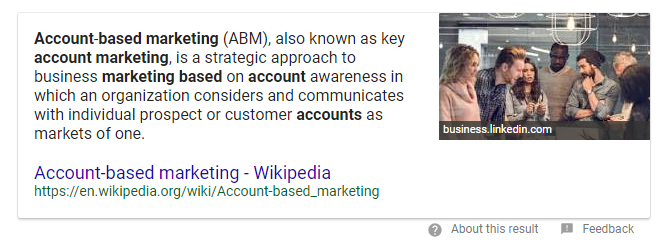
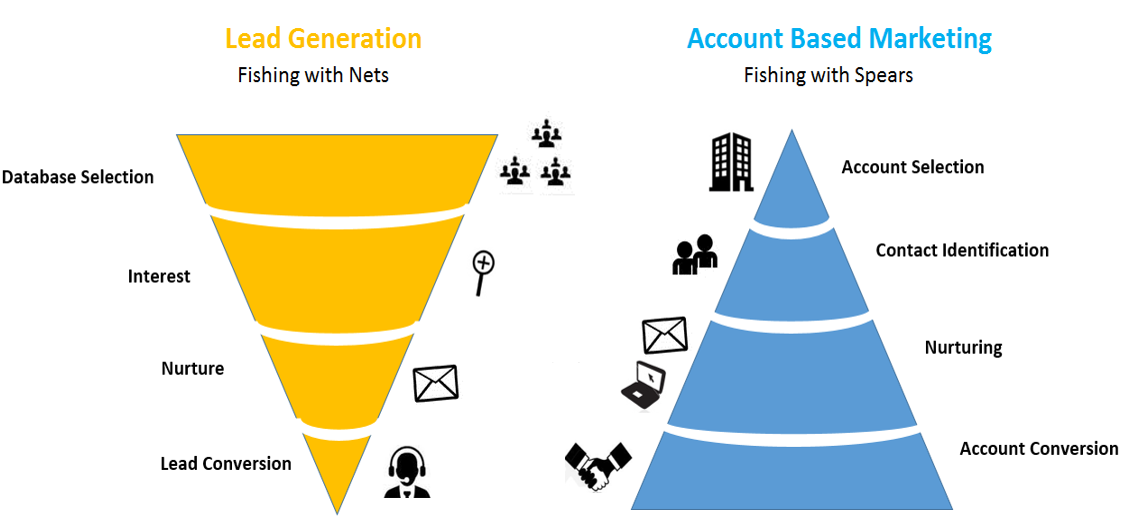
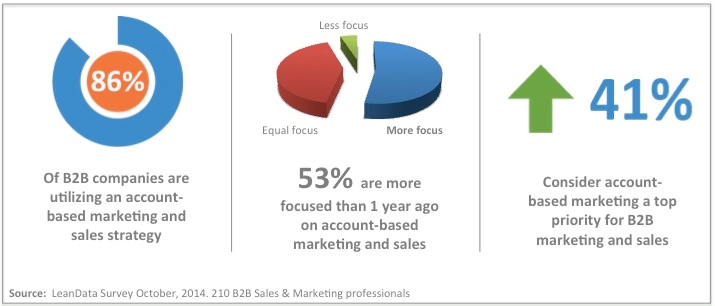
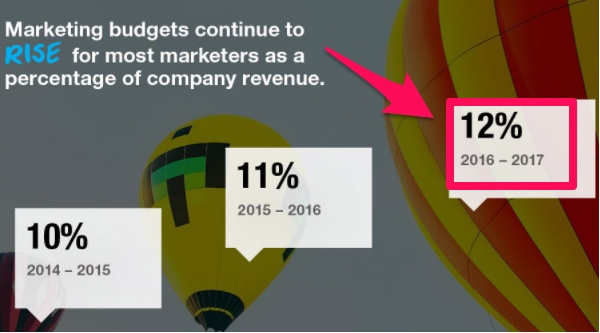

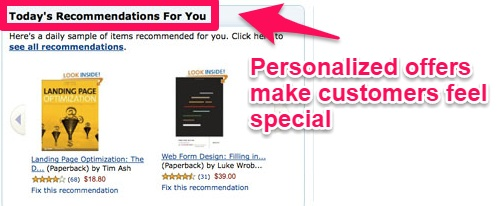
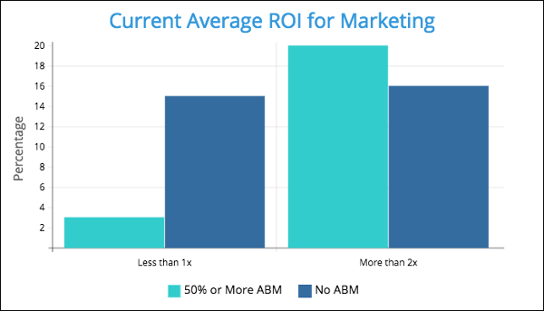
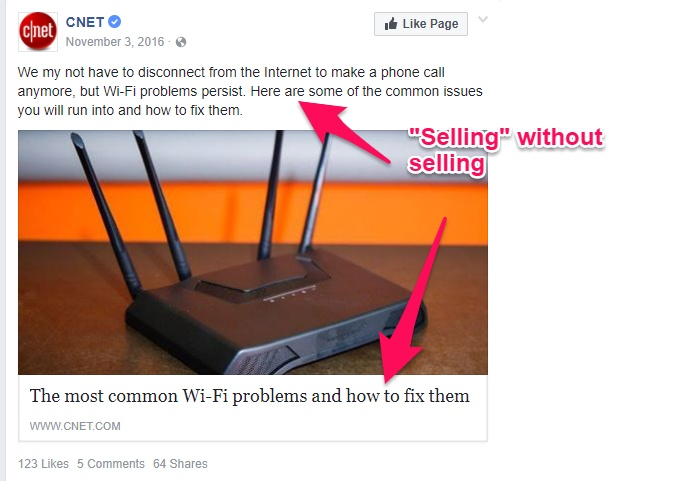



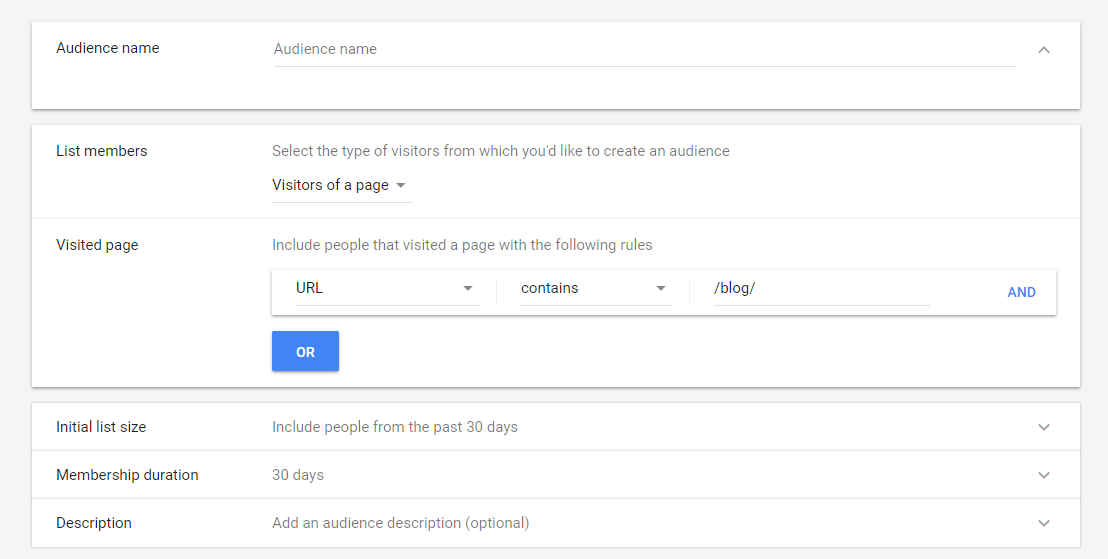

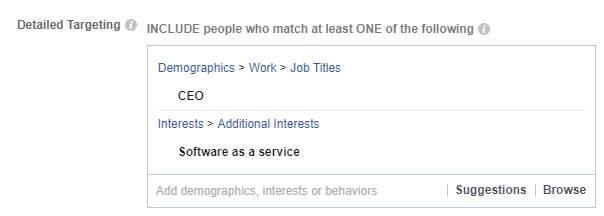
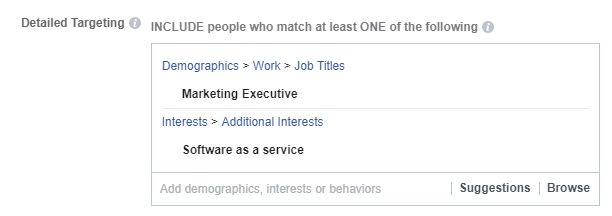
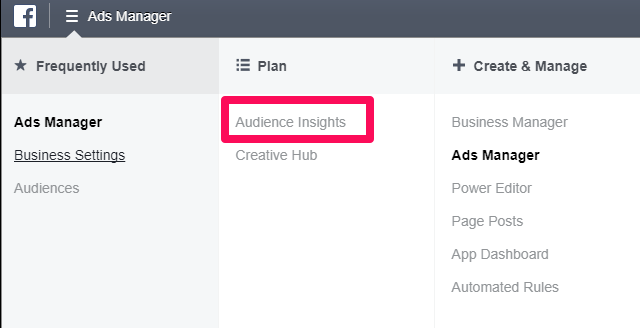





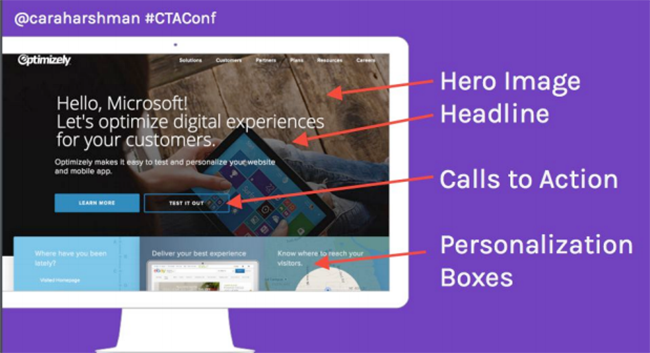


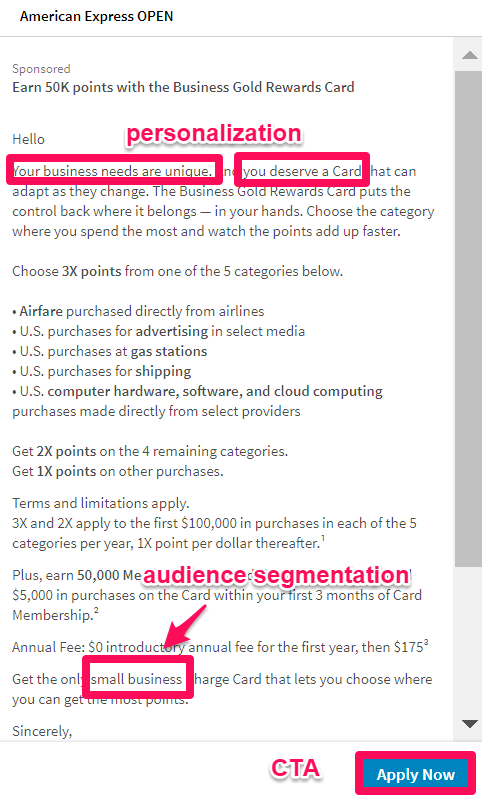
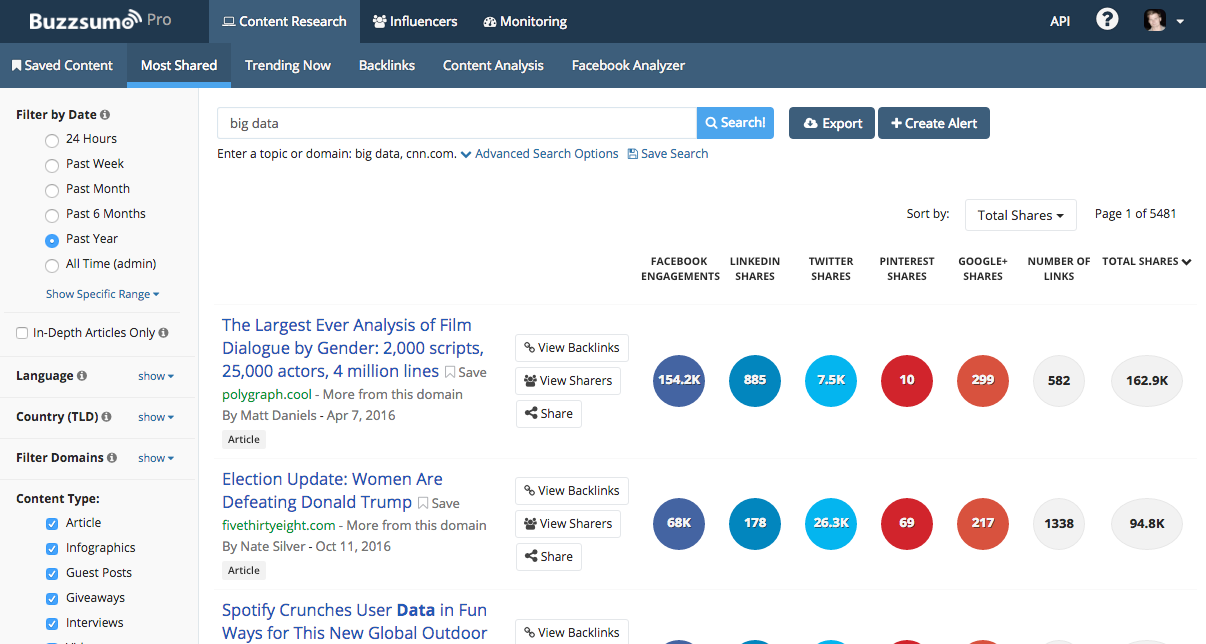
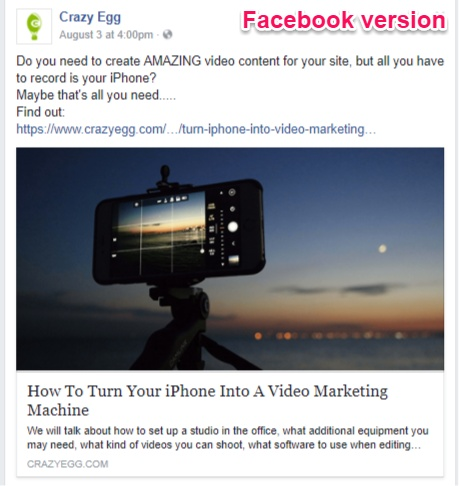

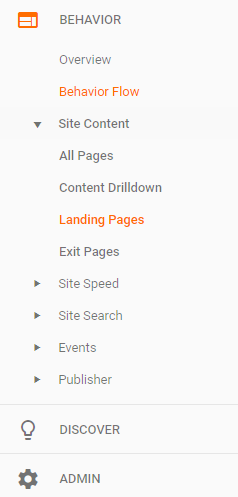

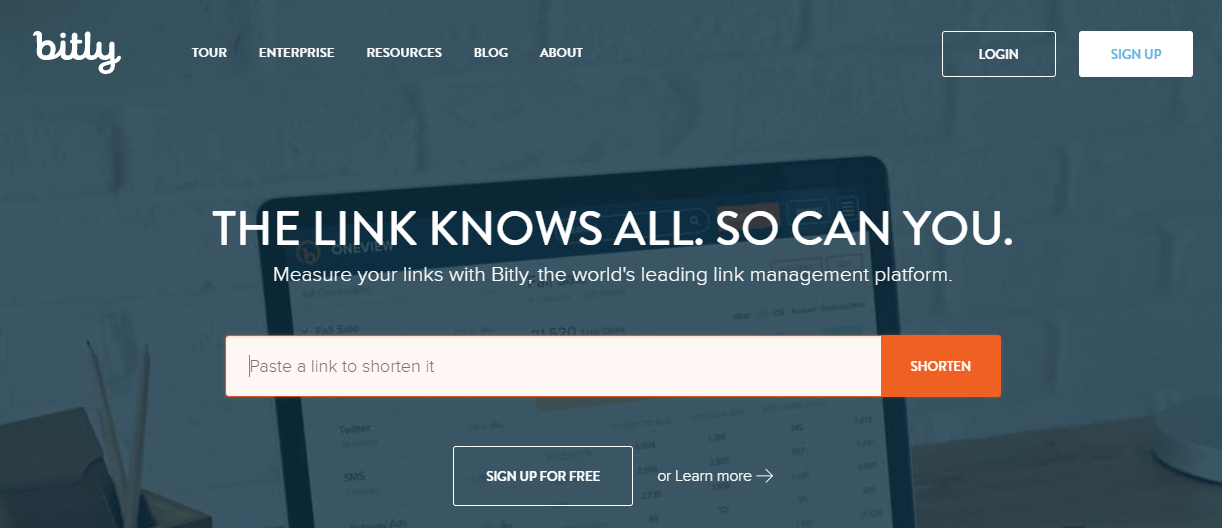

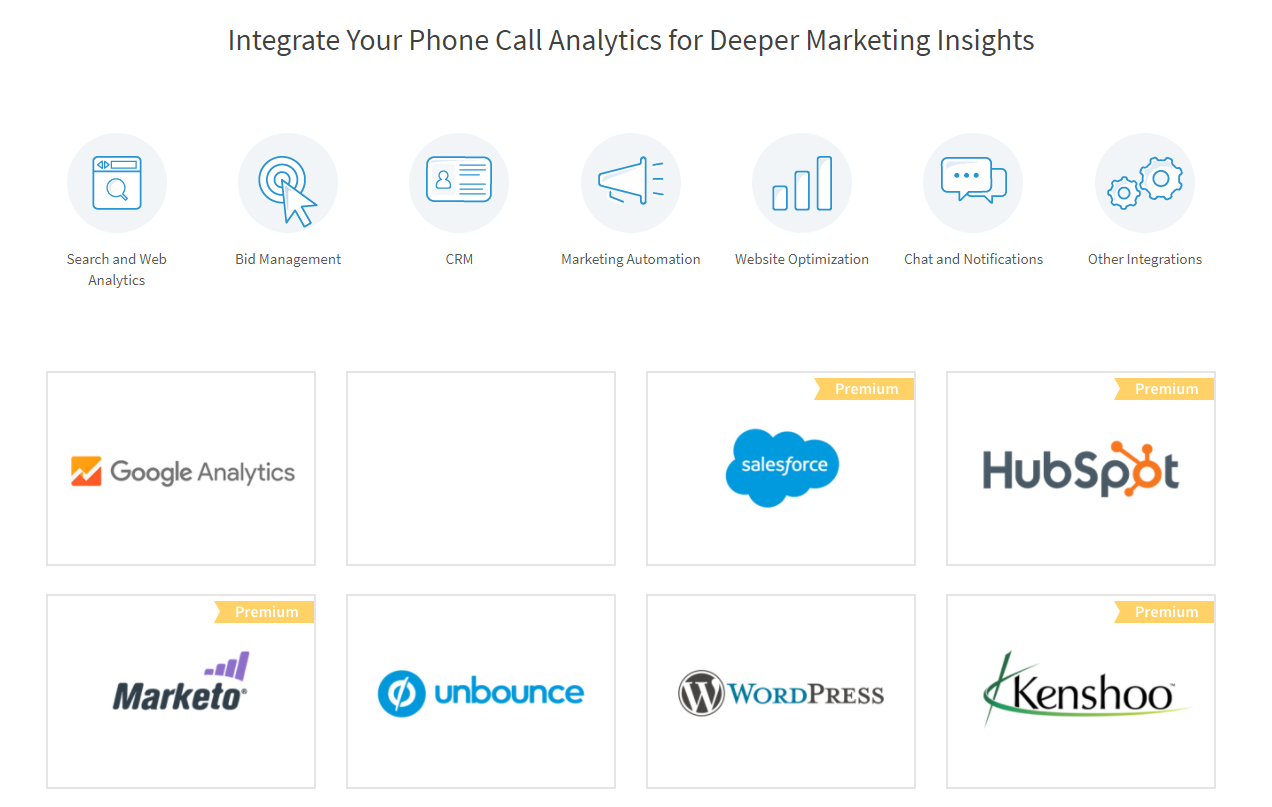
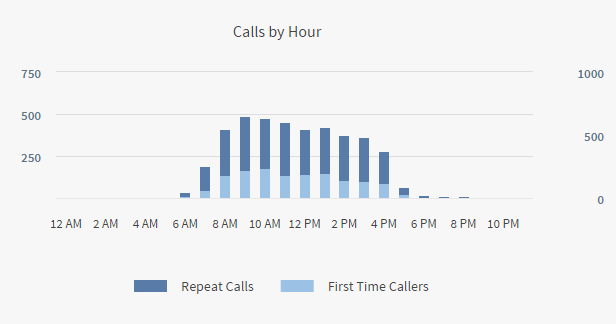
Comments (6)